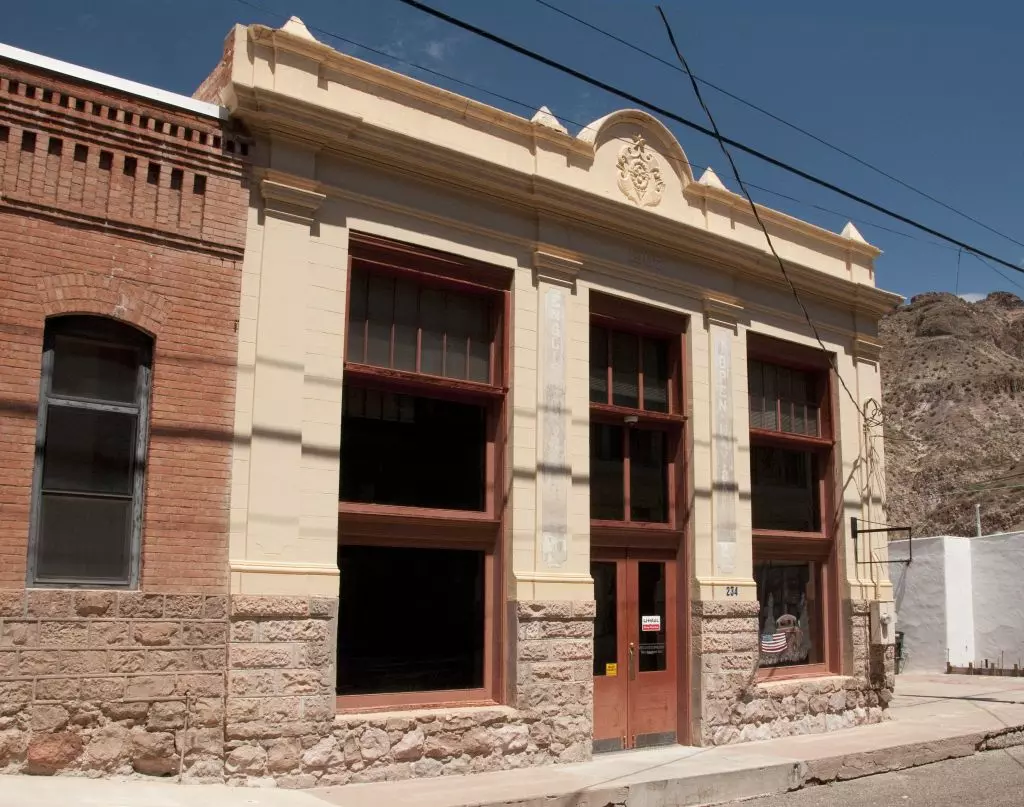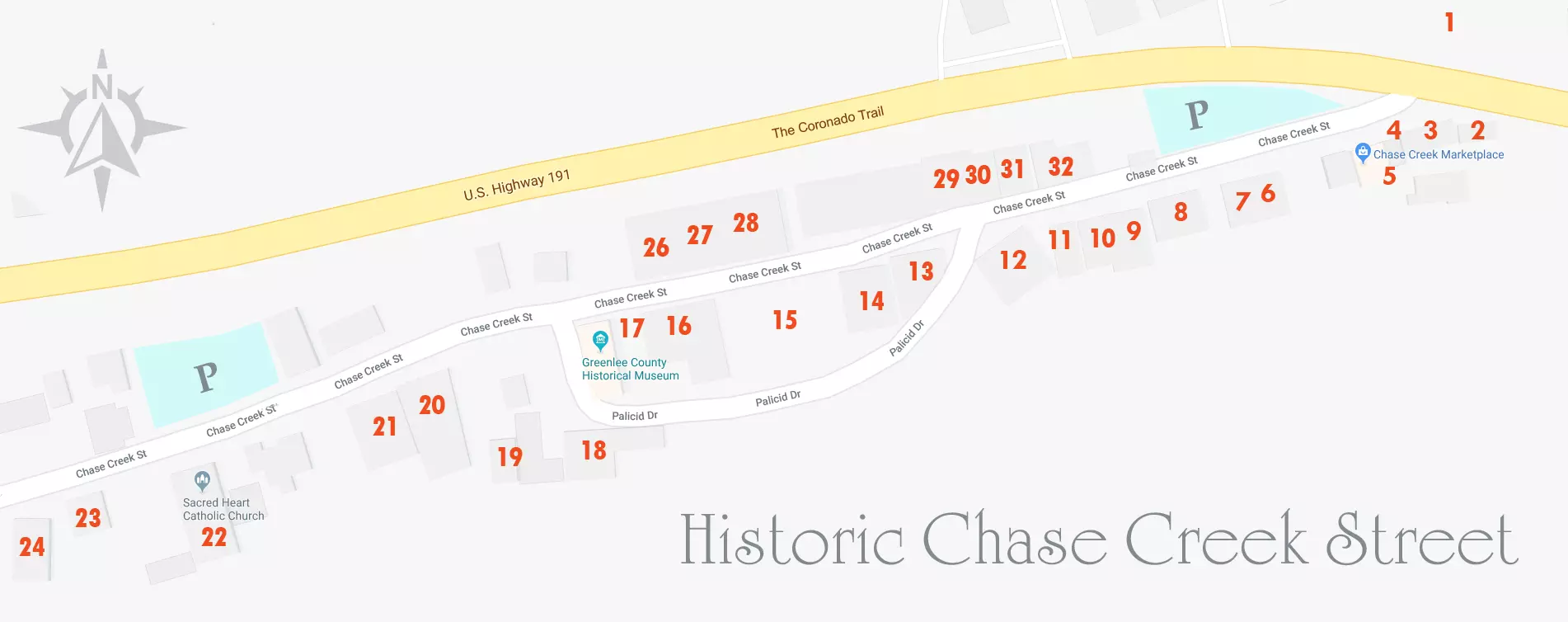
The walking tour of historic Clifton is based on the following sources:
· "Charles A. Spezia's Walking Tour of Historic Chase Creek, 1900-1929," used with permission from the Greenlee County Historical Society· "The Writings of Al Fernandez", published by the Greenlee County Historical Society
· "History of Clifton," by James M. Patton, Greenlee Country Historical Society (2008)
· Preservation Plan, Chase Creek Commercial District
· Conversations with Donald J. Lunt, Clifton town historian
· "The Insurance Field," December 26, 1907 (article regarding Dr. Harle).
Getting There: Clifton's historic district is just off US 191, about 1.5 miles north of the city limits. Cross the bridge over the San Francisco River, pass by a second bridge on your right and at the "Y", stay left on Chase Creek Street. There's parking at that intersection, right across from the Chase Creek Marketplace.
Note: Chase Creek Street numbers have changed. The numbers on the buildings may not match the official street addresses.
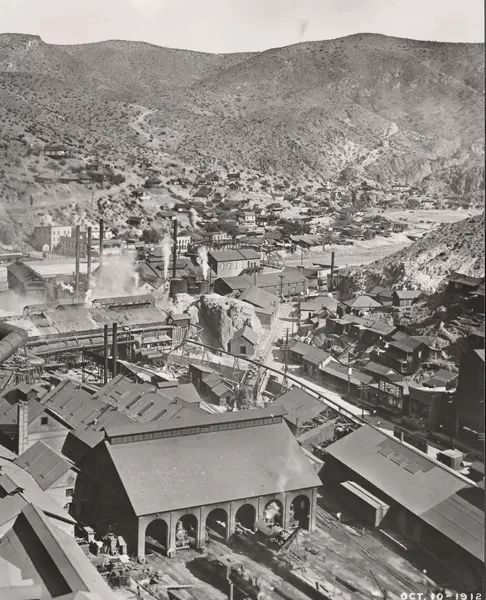
Clifton Smelter in 1912
- 1
- North side of US 191 (behind the Circle K)
Clifton SmelterIf you look north across the street, you'll see the remains of a smelter that operated here in the late 1800s - early 1900s. The photo at left shows the smelter in 1912. This area was covered with smokestacks and buildings that were part of the smelter. US 191 did not exist. Instead, the road in front of you was a railroad track used to haul copper ore from the mountains above Clifton to the smelter. The only route through town was Chase Creek Street, Clifton's historic business district.
Smoke from the smelters plagued Clifton in the early days. The Arizona Copper Company tried to get rid of it by digging a vertical tunnel 450' tall through the peak behind the smelter. It wasn't a total success, but it was a source of pride to the people of Clifton, who told visitors that the peak above town issuing smoke was an active volcano. The entrance to the tunnel is visible in the photo below.
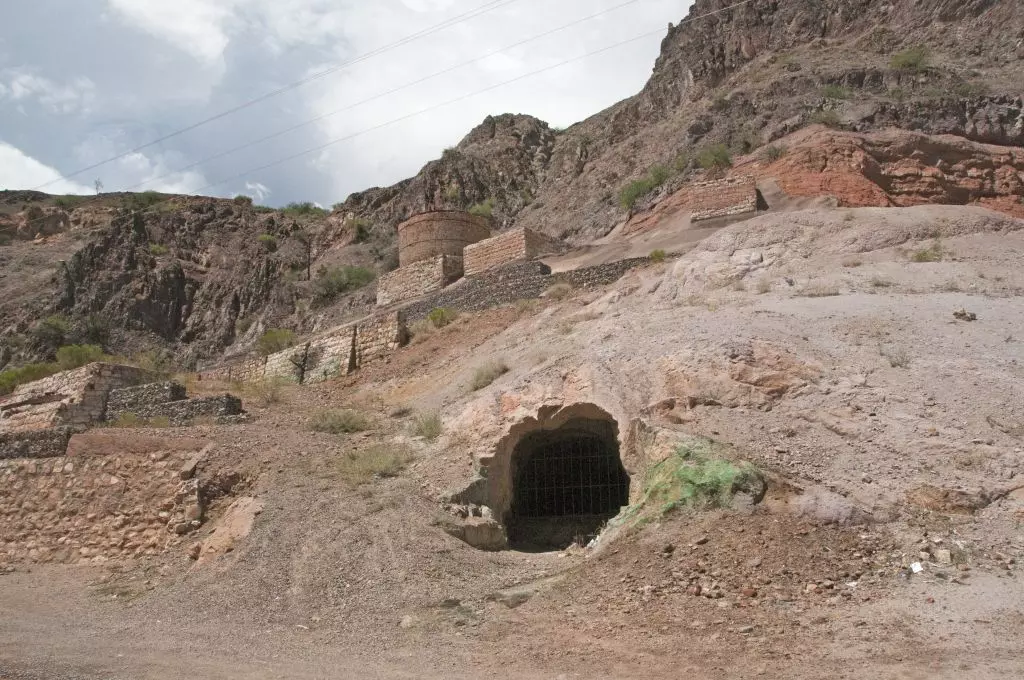
.webp)
Granny's Attic
- 2
- 205 Chase Creek Street
Granny's AtticThe first building on the south side of the street is the only wood frame building in the historic district. The age of the building is unknown, but it is believed to have been built on the site of another building which was washed away in the flood of 1905. Huge beams from the original structure are still visible in the basement.
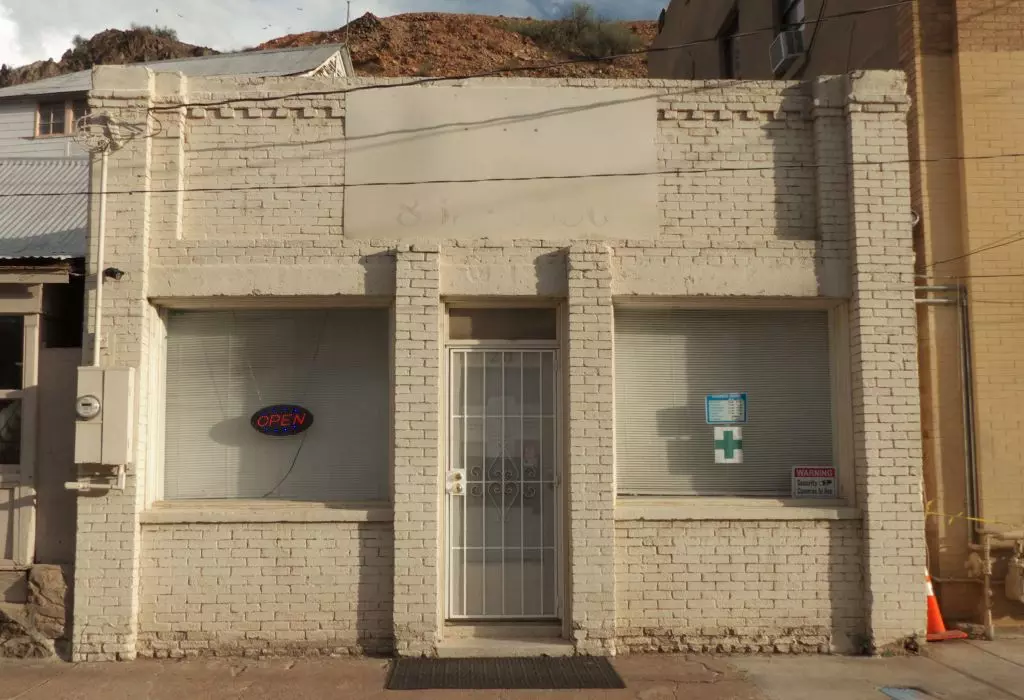
- 3
- 211 Chase Creek Street
This small brick building at 211 Chase Creek, built around 1910, has served as a restaurant, and, more recently, a shoe repair shop.
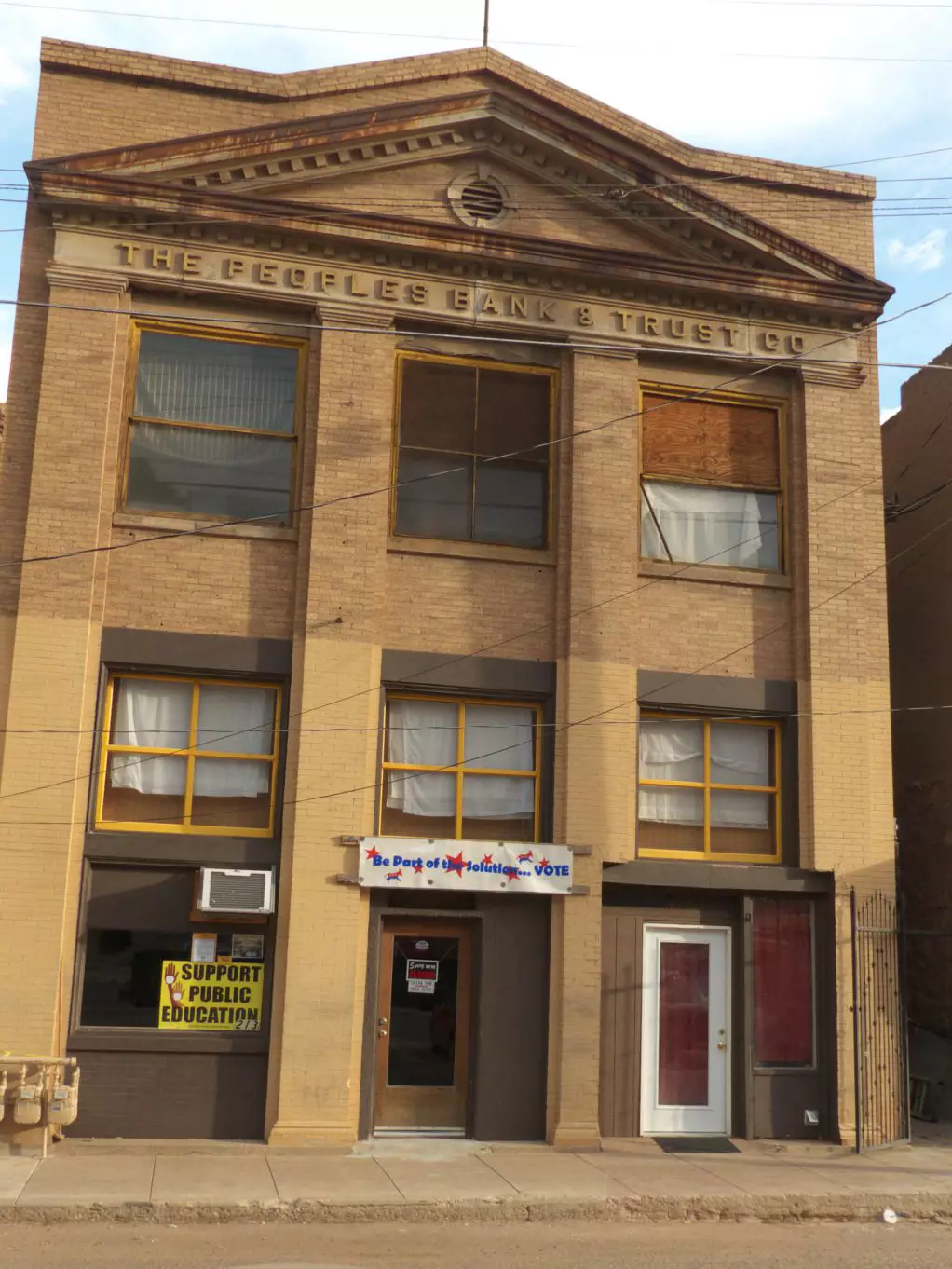
The Peoples Bank and Trust Co
- 4
- 213 Chase Creek Street
The Peoples Bank and Trust CoThis soaring neoclassical building was built in 1917 as the Peoples Bank and Trust Company. It consolidated with the First National Bank of Clifton in 1921. The combined bank issued its own currency in $1, $5, $10 and $20 denominations. Inside are two intact vaults with doors reading "Cliff Town, Az."
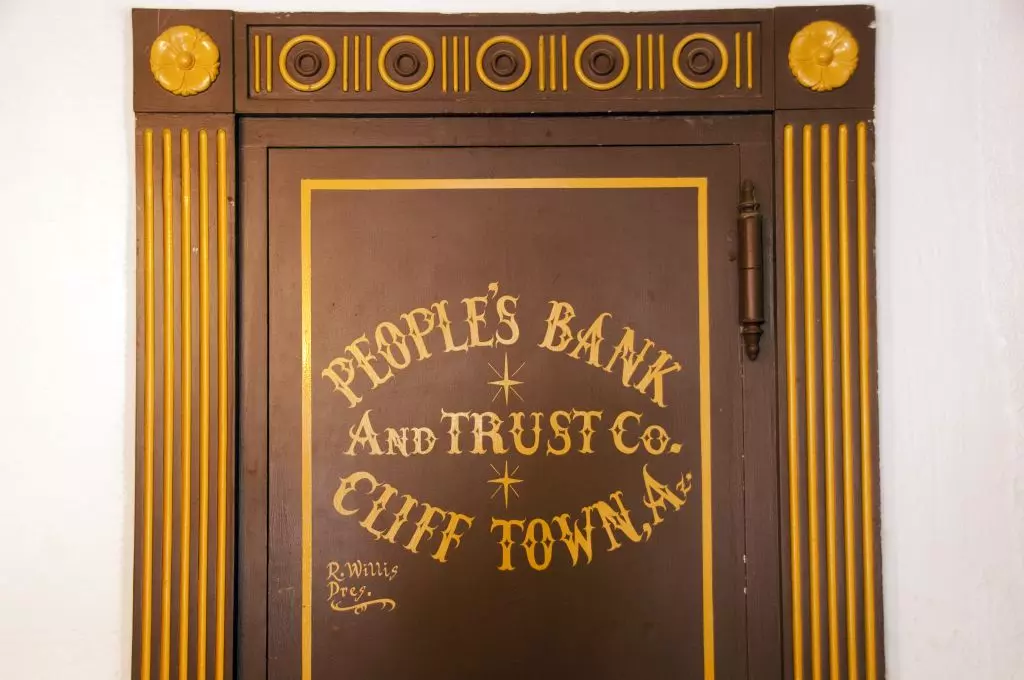
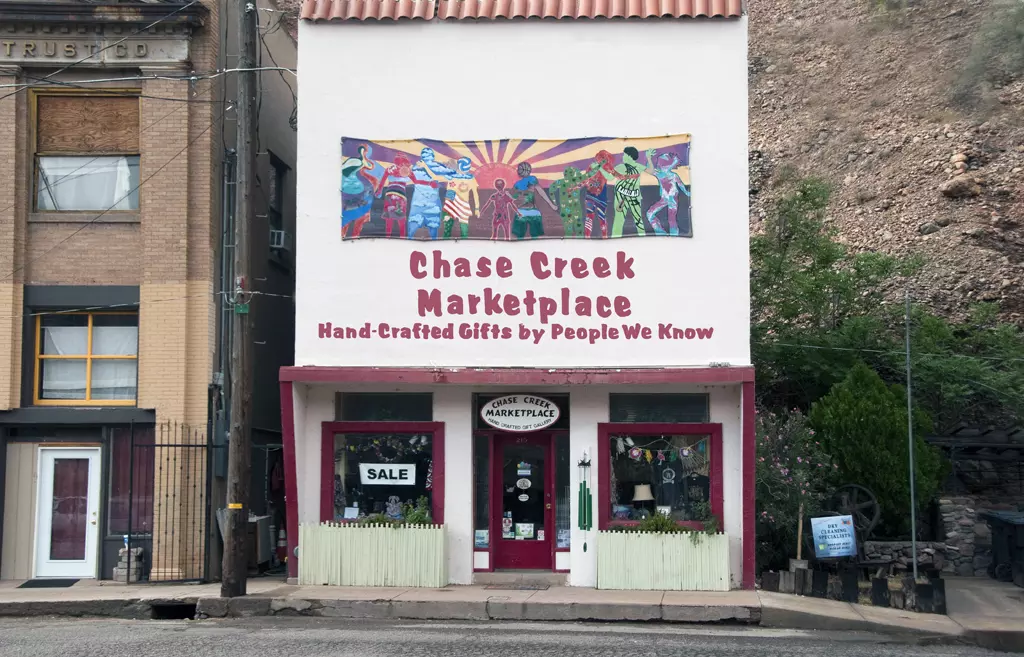
Chase Creek Marketplace
- 5
- 215 Chase Creek Street
Chase Creek MarketplaceThe building which today serves as the Chase Creek Marketplace, featuring crafts by more than 80 local artisans, was originally the one-story Hoeye Barber Shop. Later, it was remodeled by O.A. Risdon, a pioneer photographer, into a studio. The second floor had an inclined, frosted glass front wall.
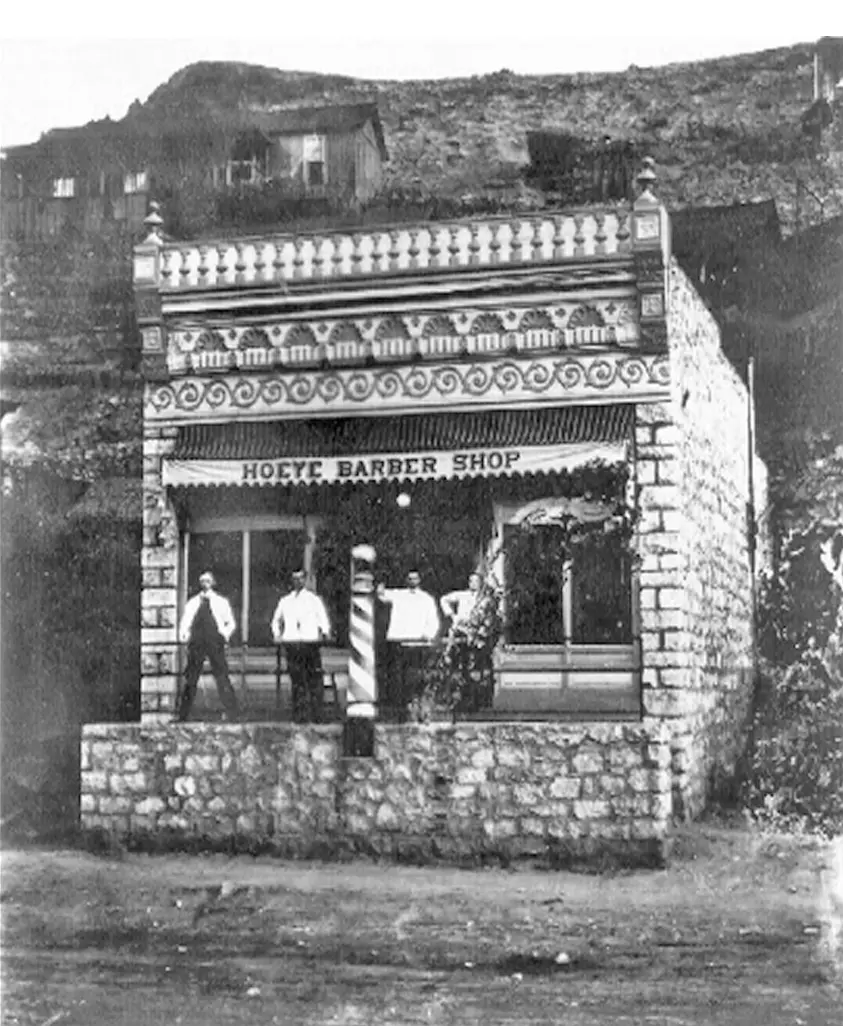
© Greenlee County Historical Society
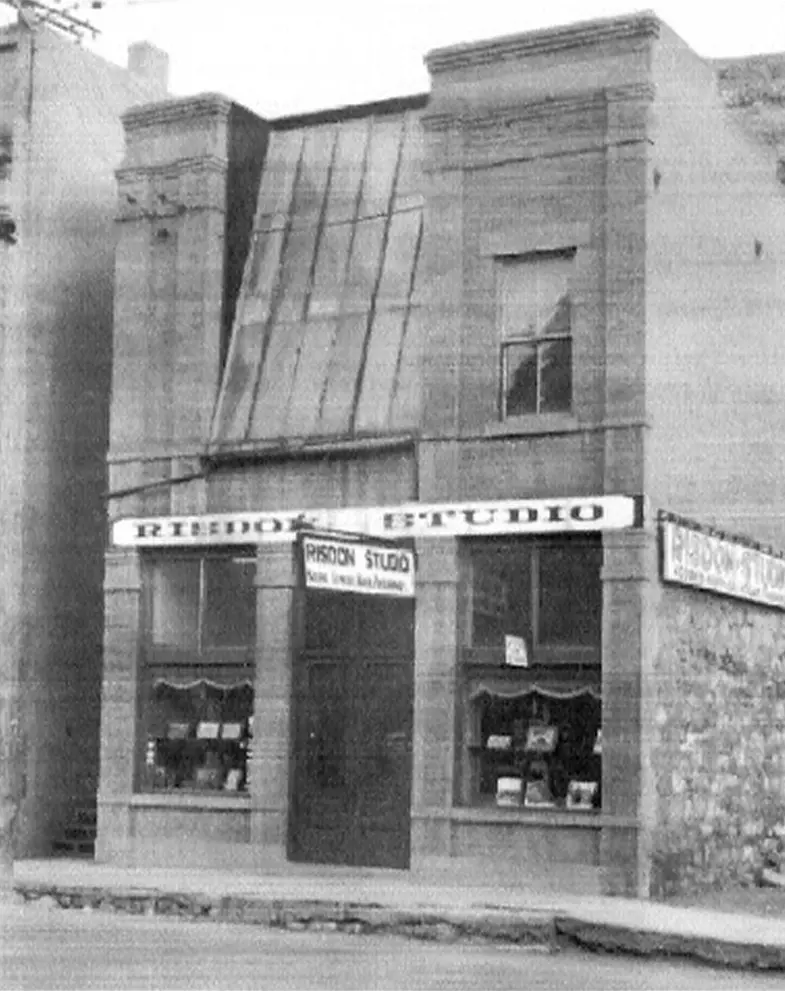
© Greenlee County Historical Society
.webp)
The Hollywood Shop
- 6
- 219 Chase Creek Street
The Hollywood ShopIn the 1950s, the Pine family built the Hollywood Shop, a clothing store, on the site of a former Empire movie theater.
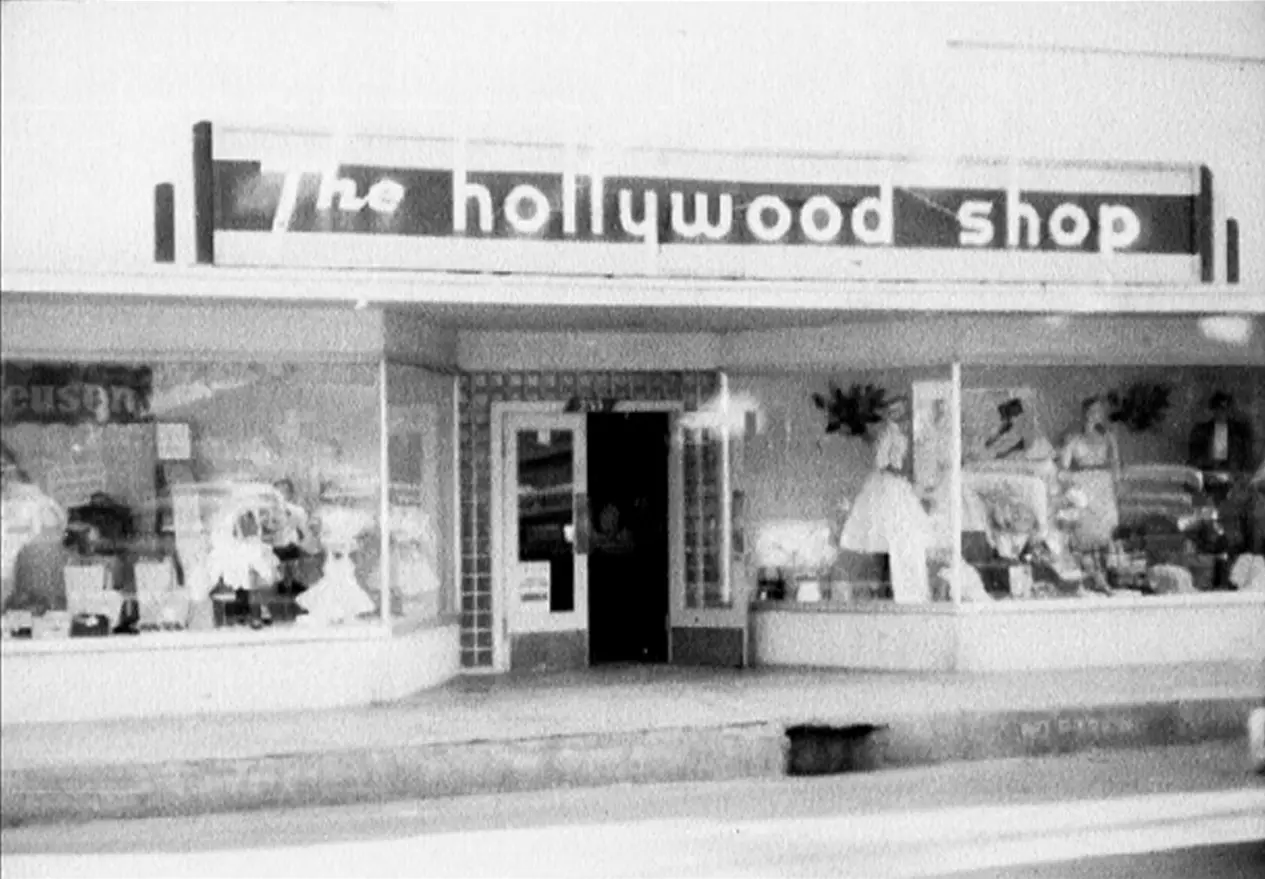
© Greenlee County Historical Society
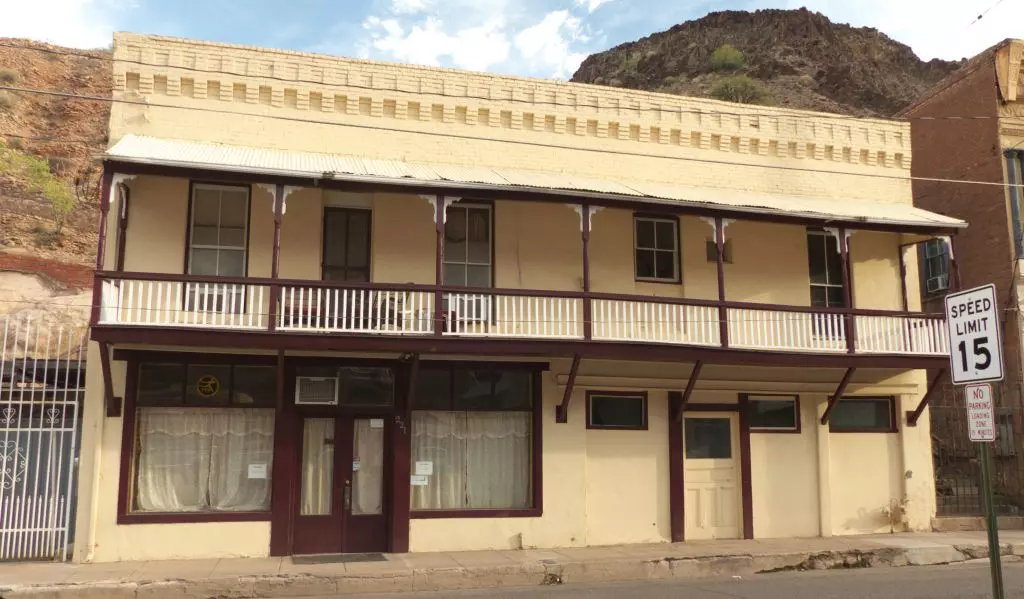
Zorilla's Meat Market
- 7
- 221 Chase Creek Street
Zorilla's Meat MarketThe building on the south side of the street with its distinctive overhanging balcony is visible in a photograph from 1893, which means it survived the devastating fires of 1913 and 1917. It is believed to have been built in the 1890s by two brothers, Jesus and Manual (Lolo) Zorilla. Their father was Gerardo Zorilla, a prominent rancher who grazed 2,000 Angora goats on ranges in the Black Hills and Rock House Canyon. He had slaughterhouses on Bunker Hill and on the San Francisco River just north of Clifton. Jesus and Lolo left the ranch to open a meat market on Chase Creek in 1927.
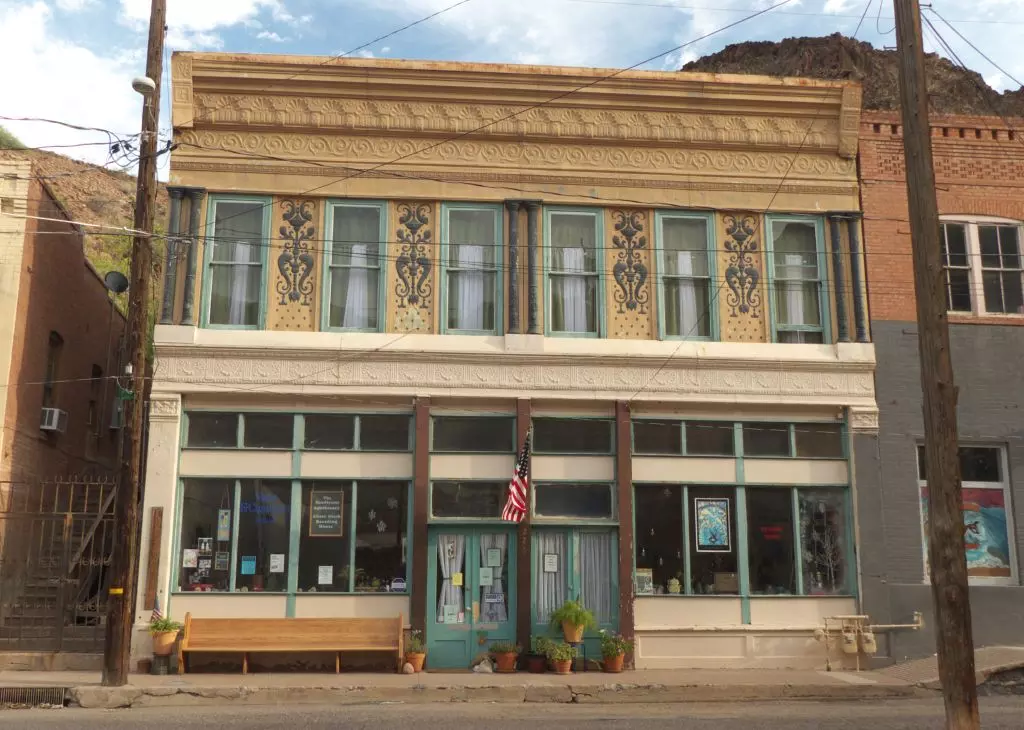
- 8
- 225 Chase Creek Street
The ornate building at 225 Chase Creek is believed to have been constructed prior to 1893 by Manuel Garza to serve as a billiard hall and brothel. It was also home to Albo's Grocery Store. According to local historian Don Lunt, during World War II Clifton had no fewer than 10 grocery stores.
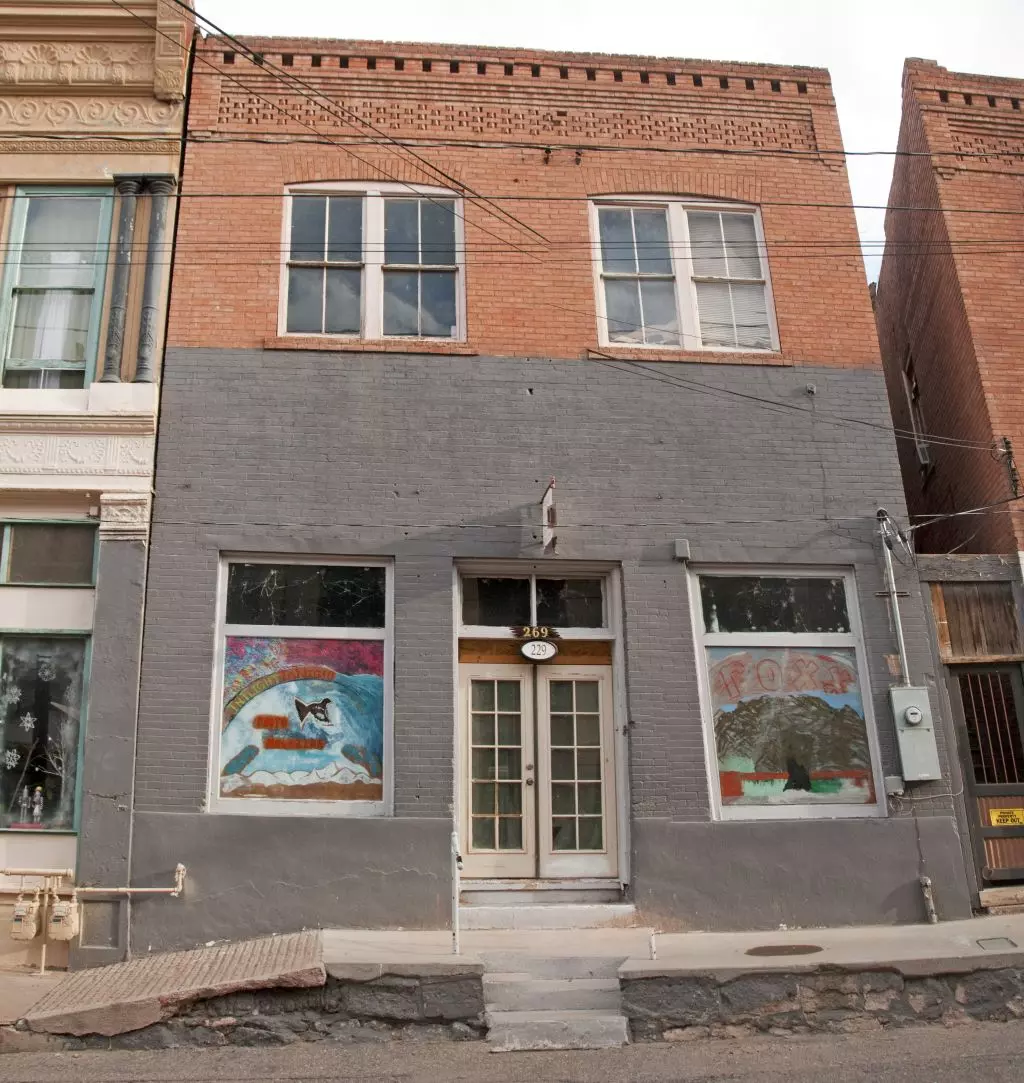
- 9
- 229 Chase Creek Street
The building at 229 Chase Creek is a standard Victorian-era two-story brick structure with a storefront below and living quarters above.
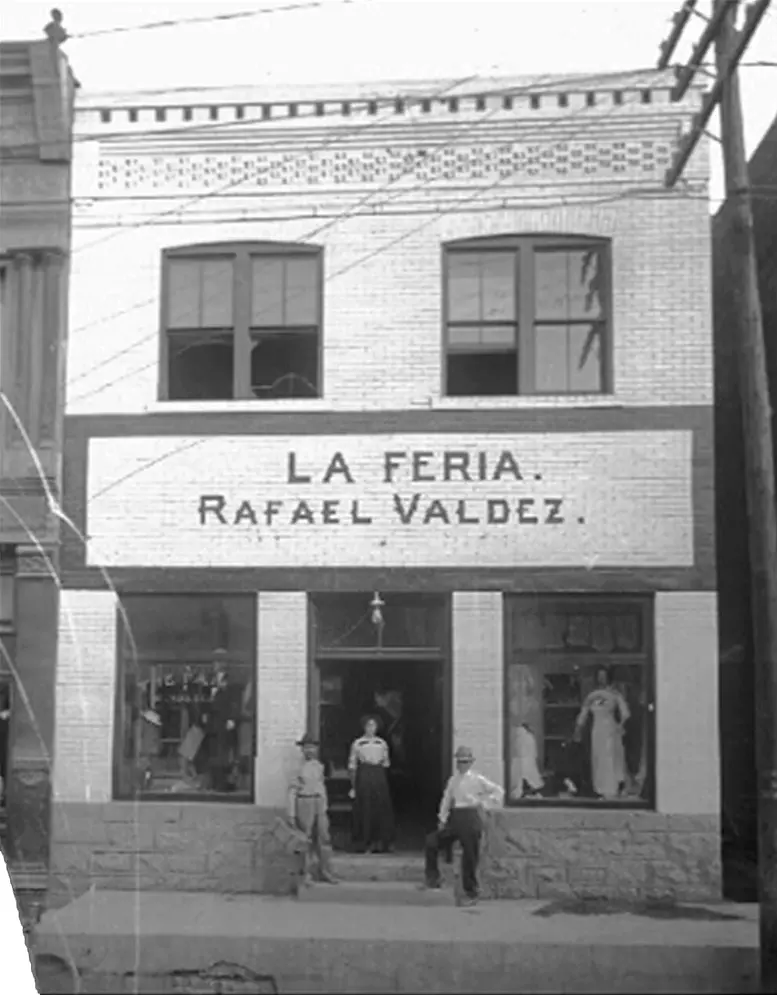
La Feria Rafael Valdez © Greenlee County Historical Society
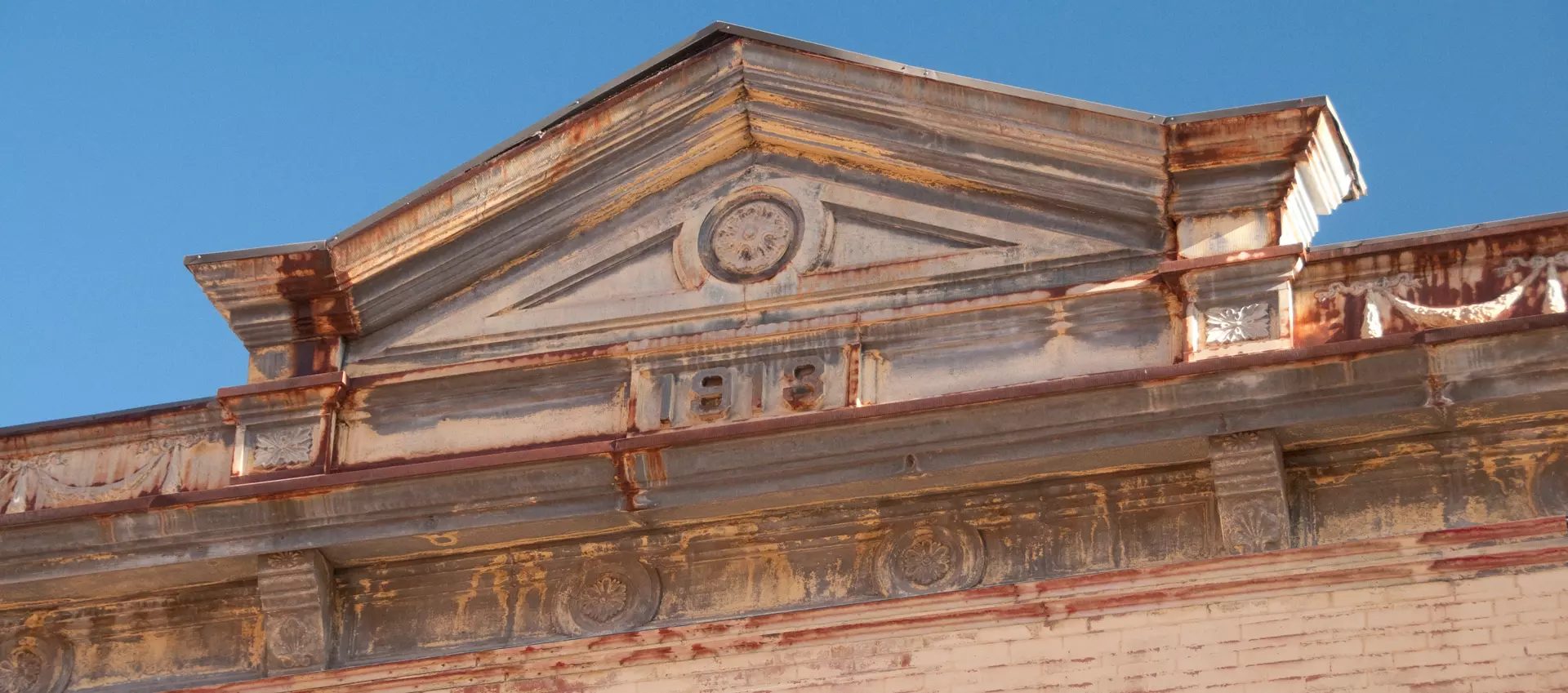
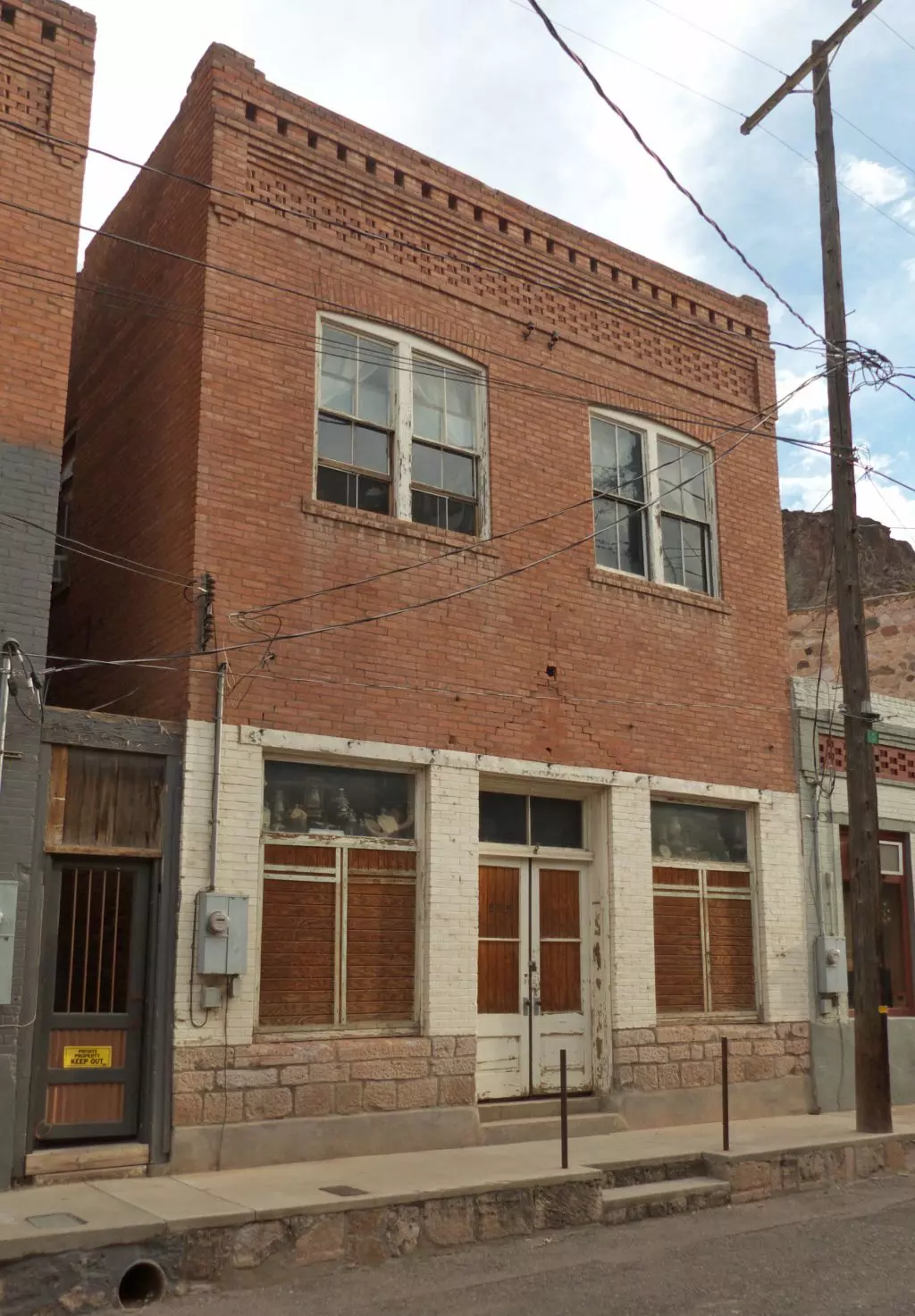
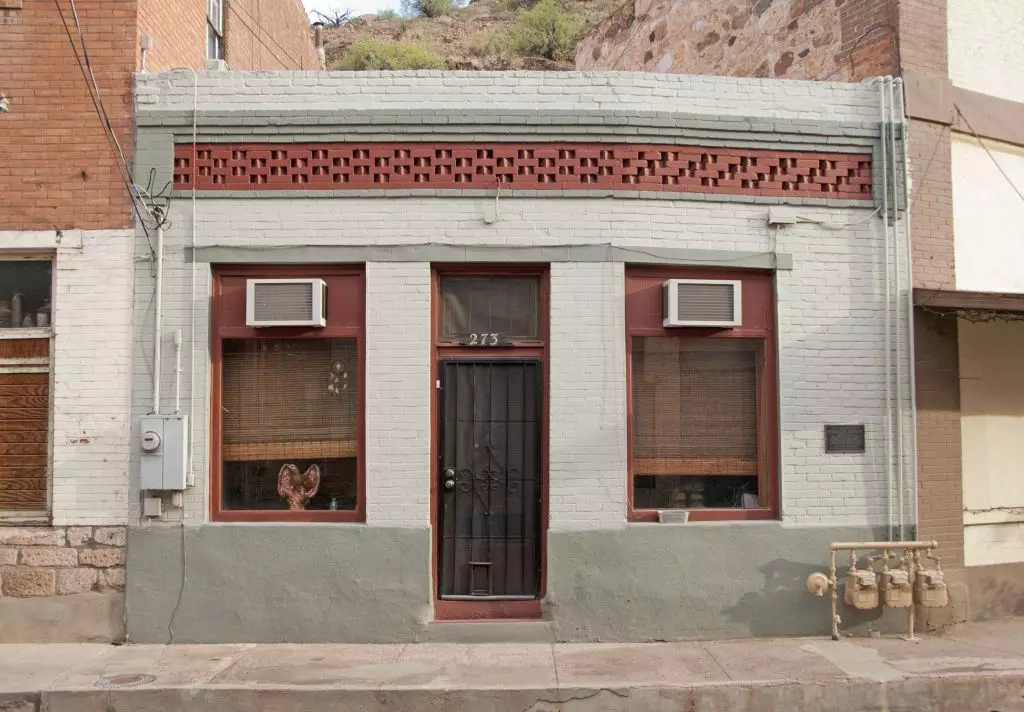
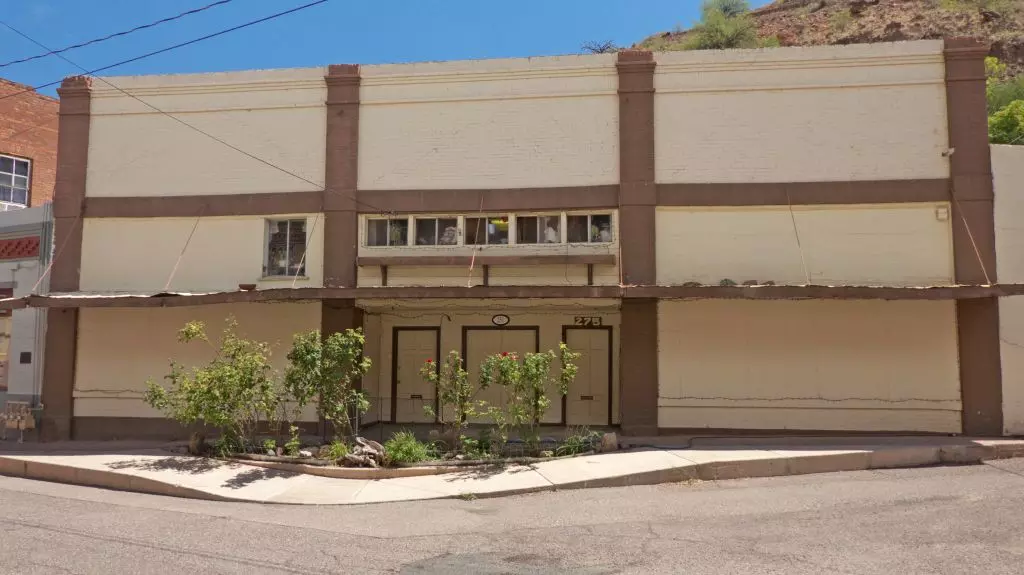
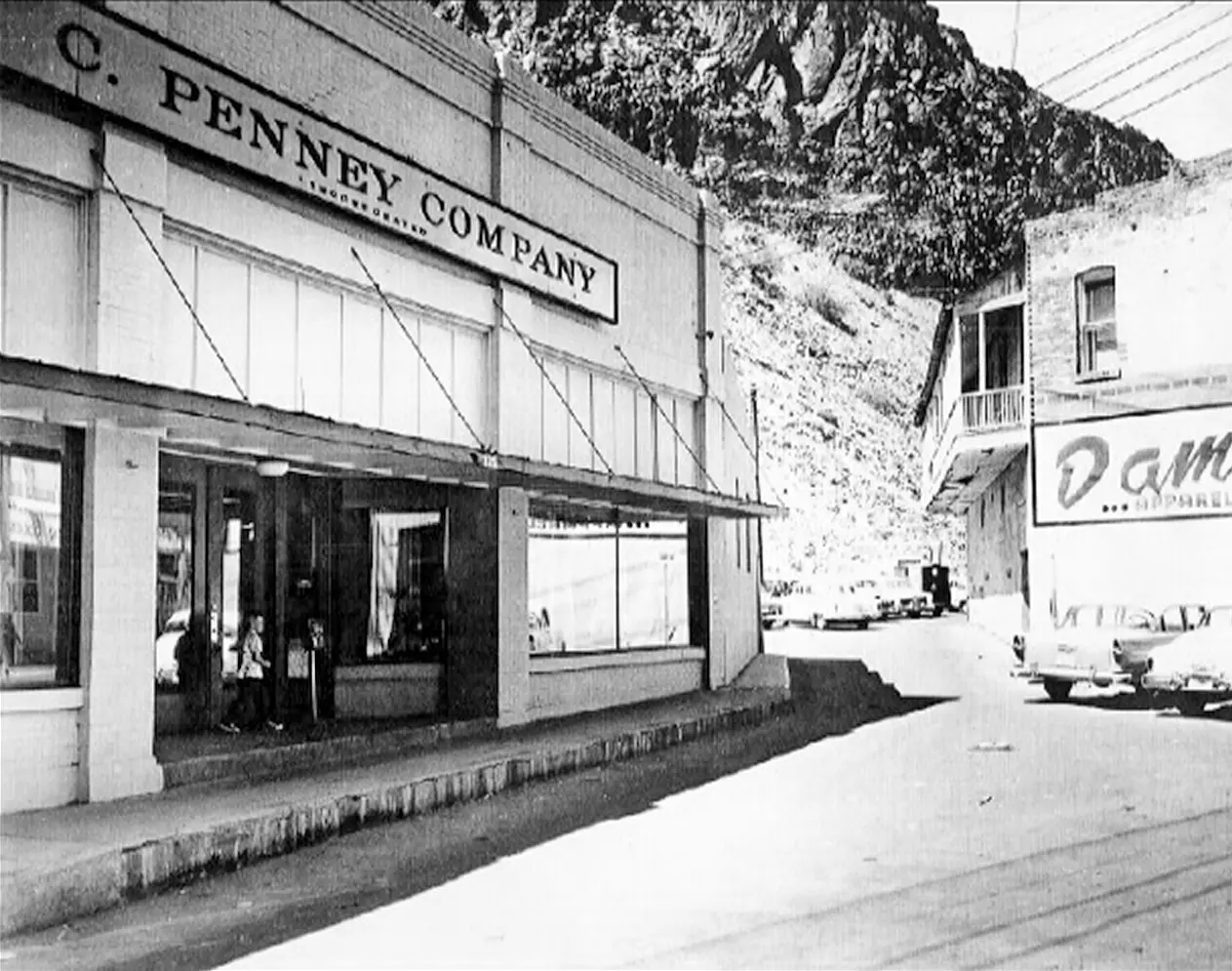
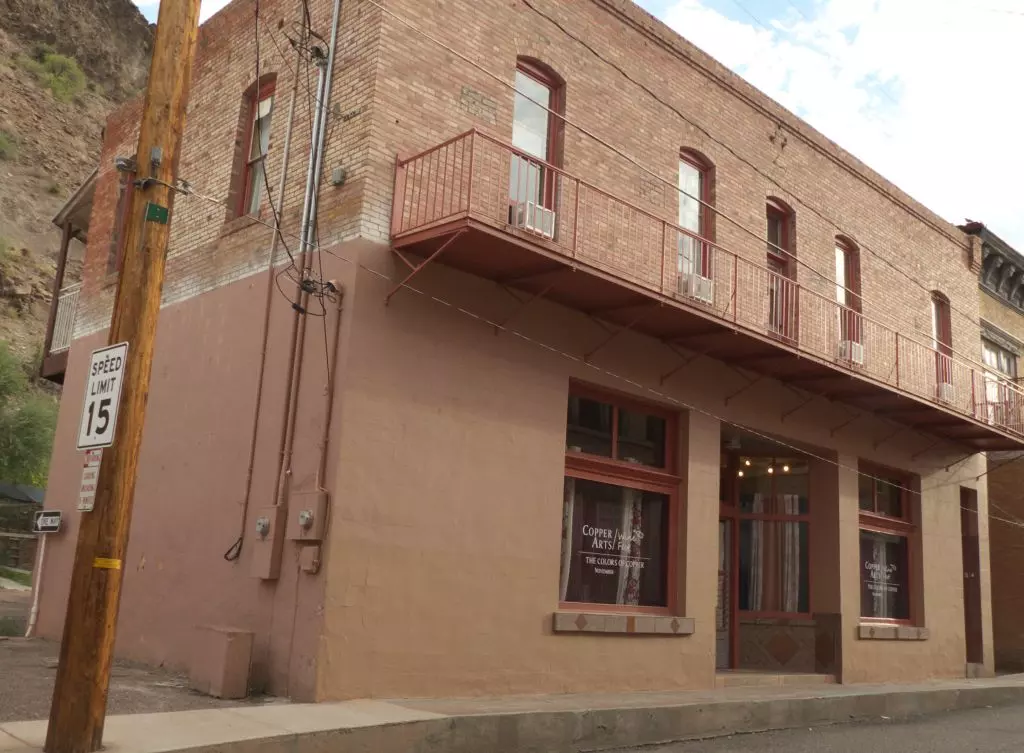
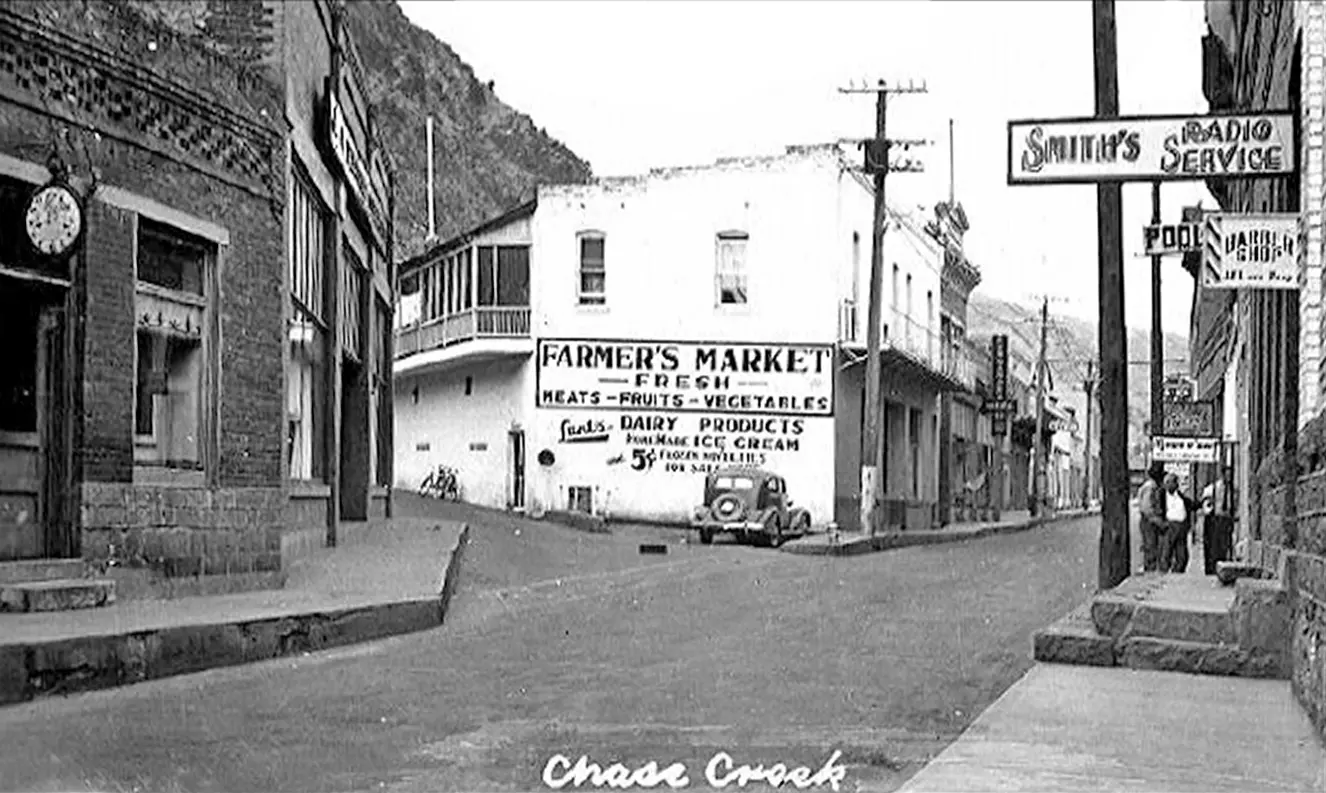
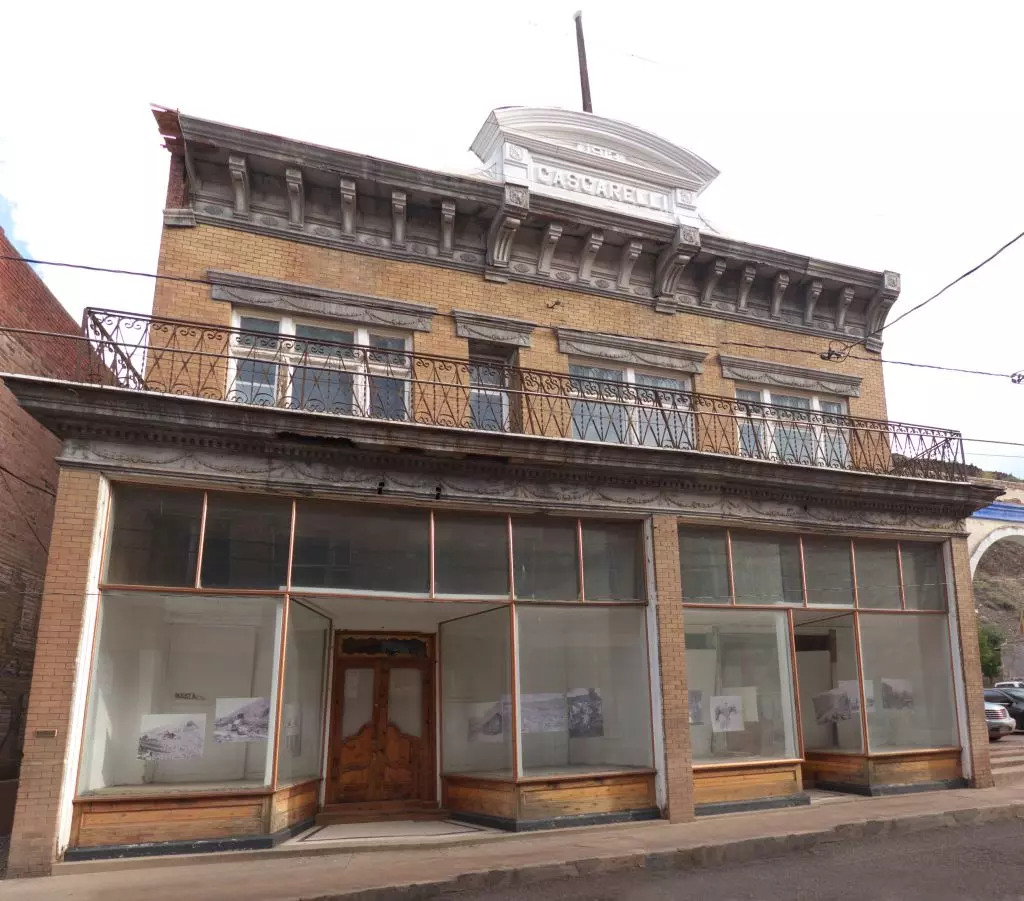
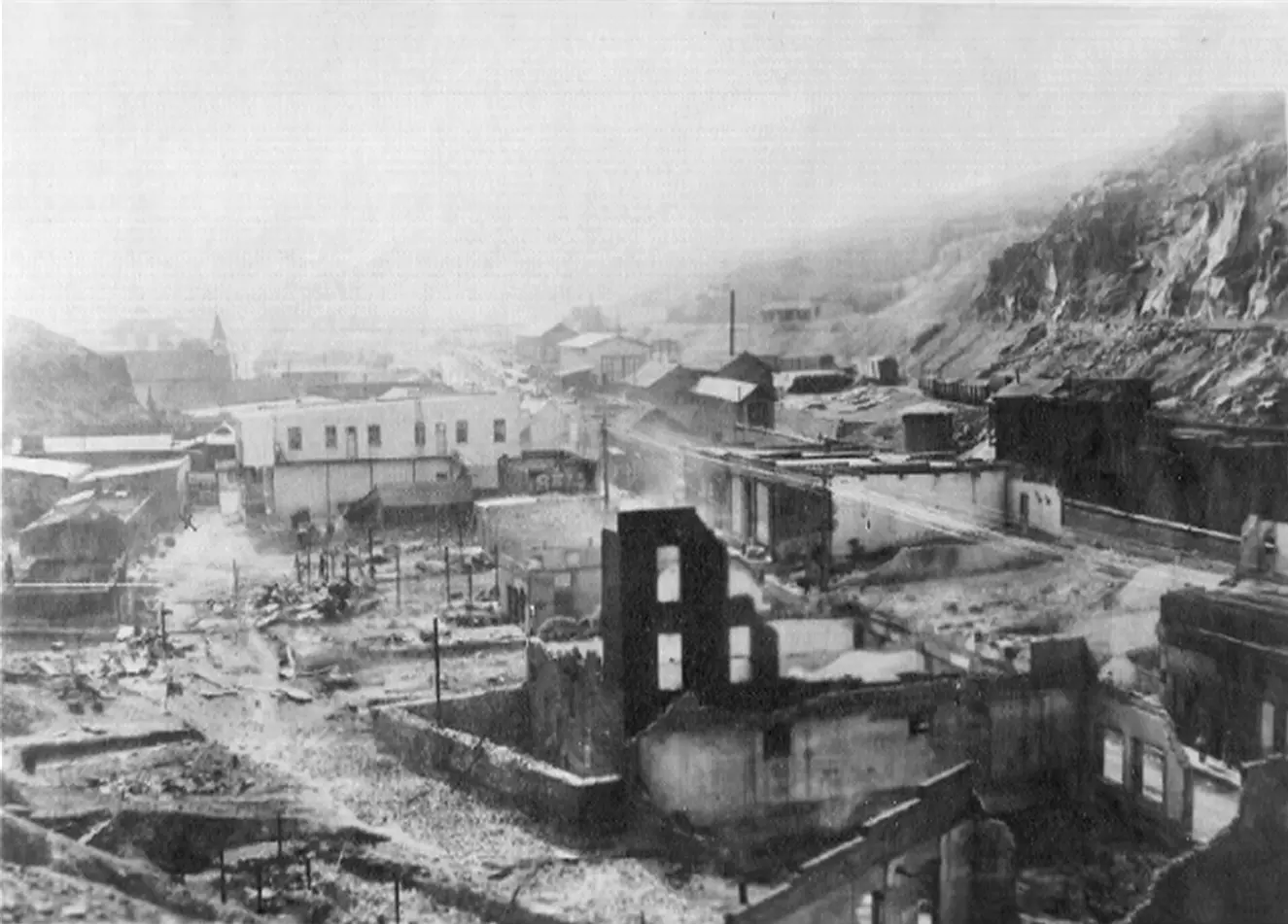
.webp)
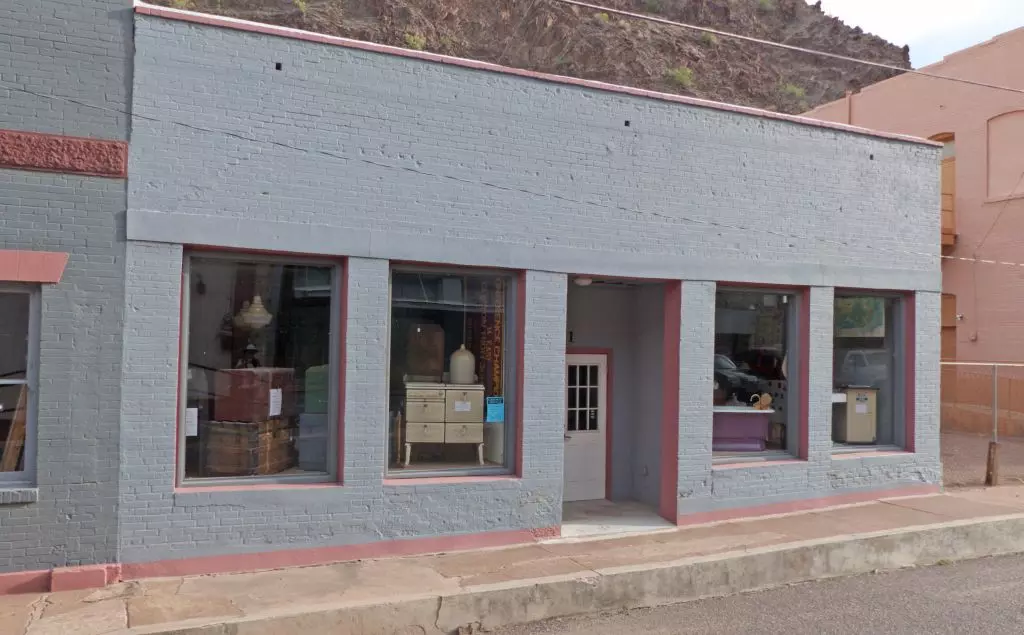
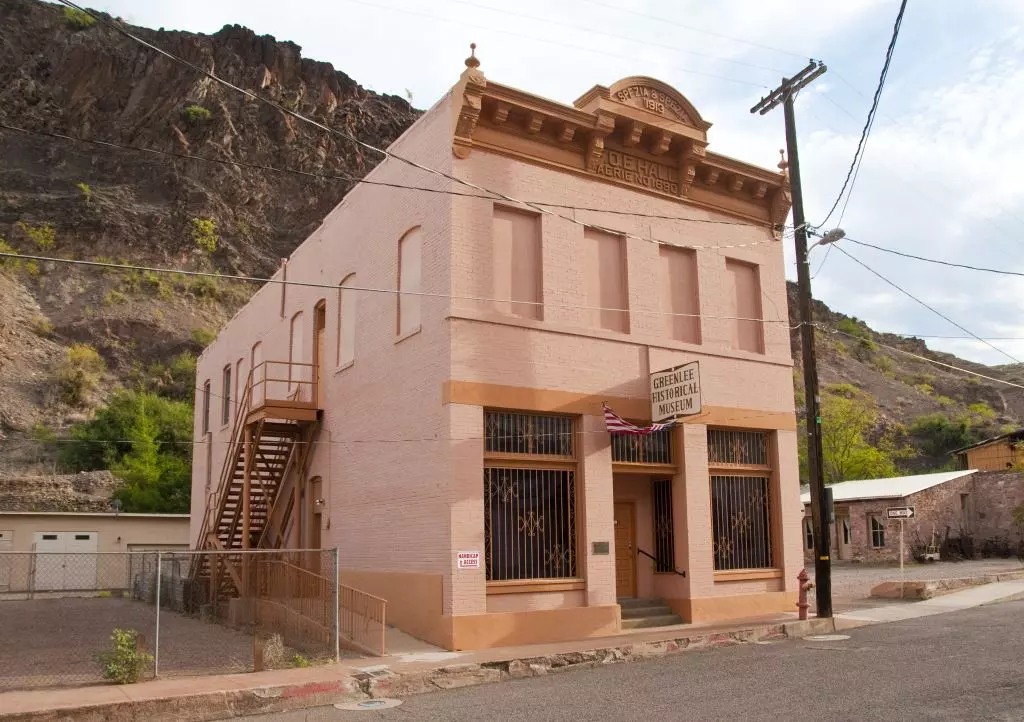
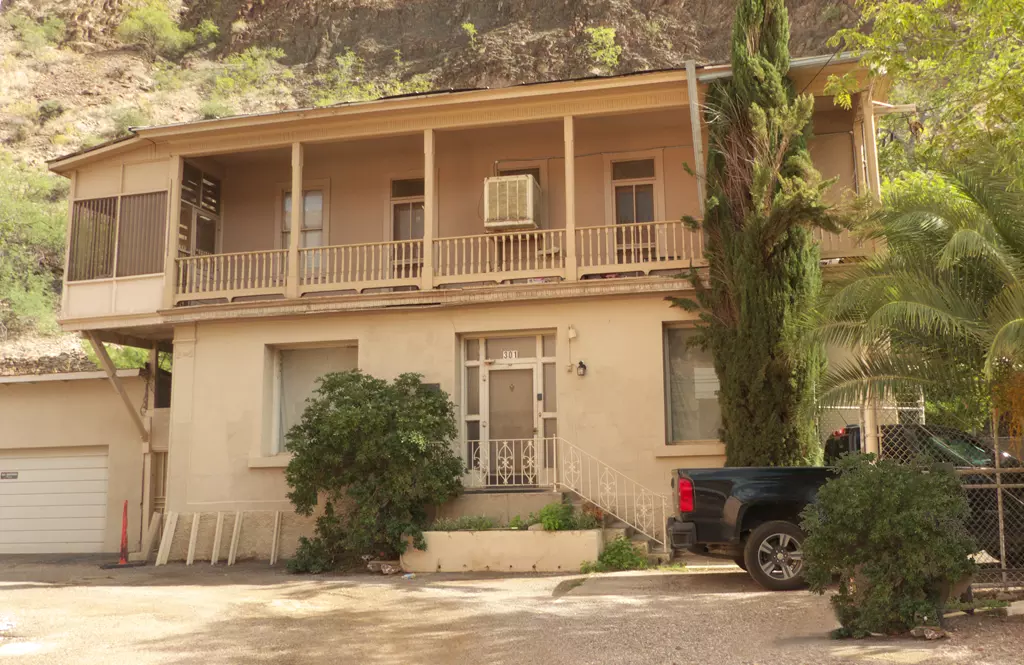
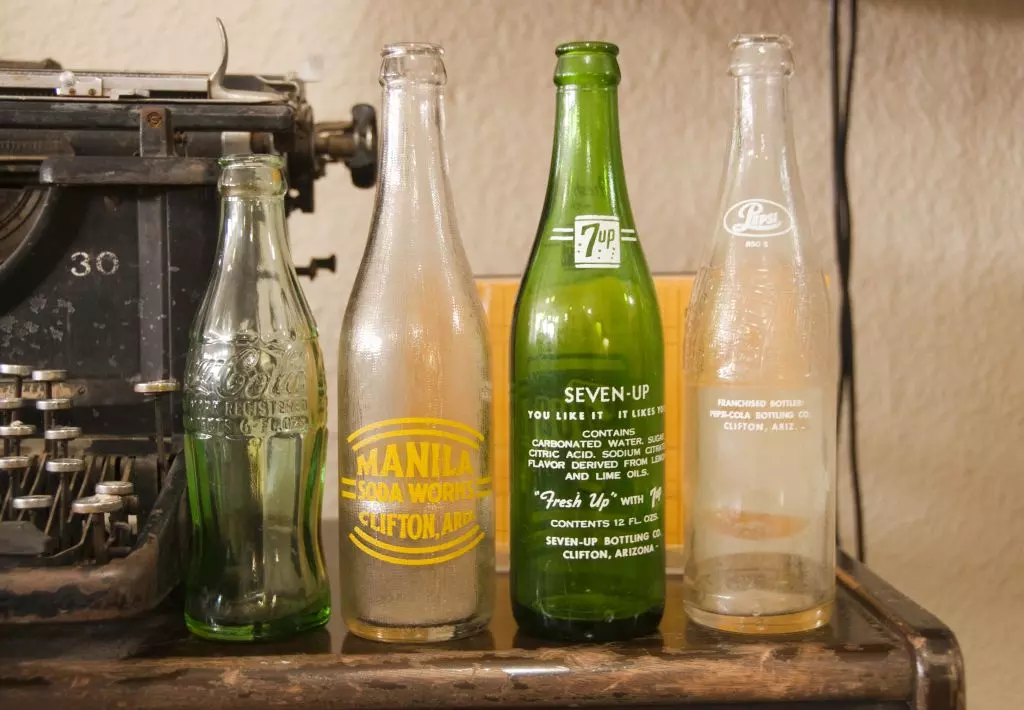
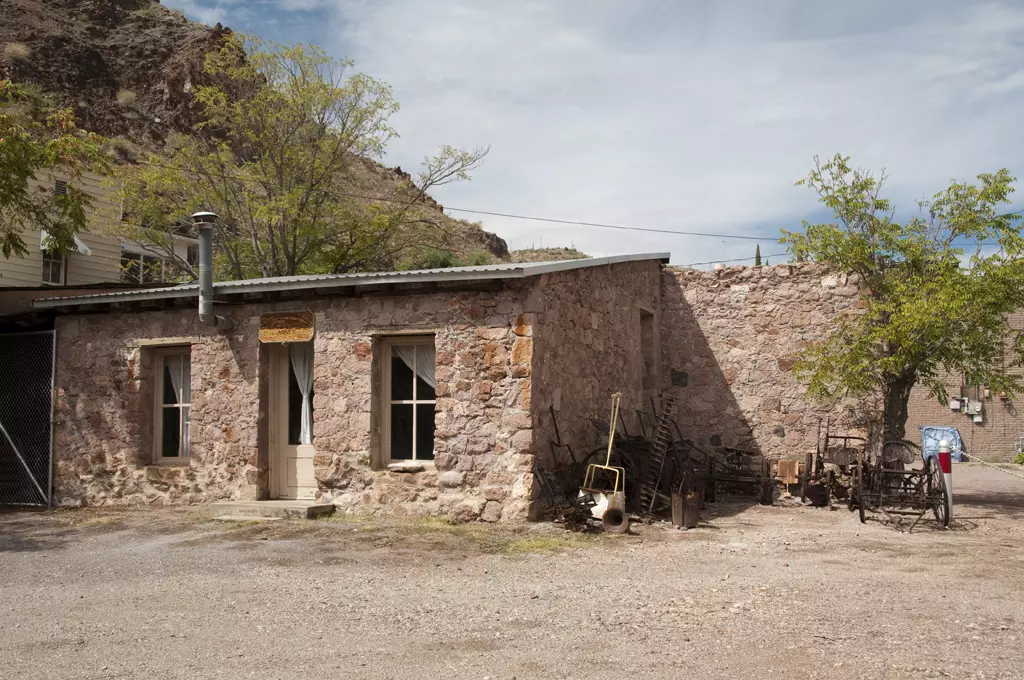
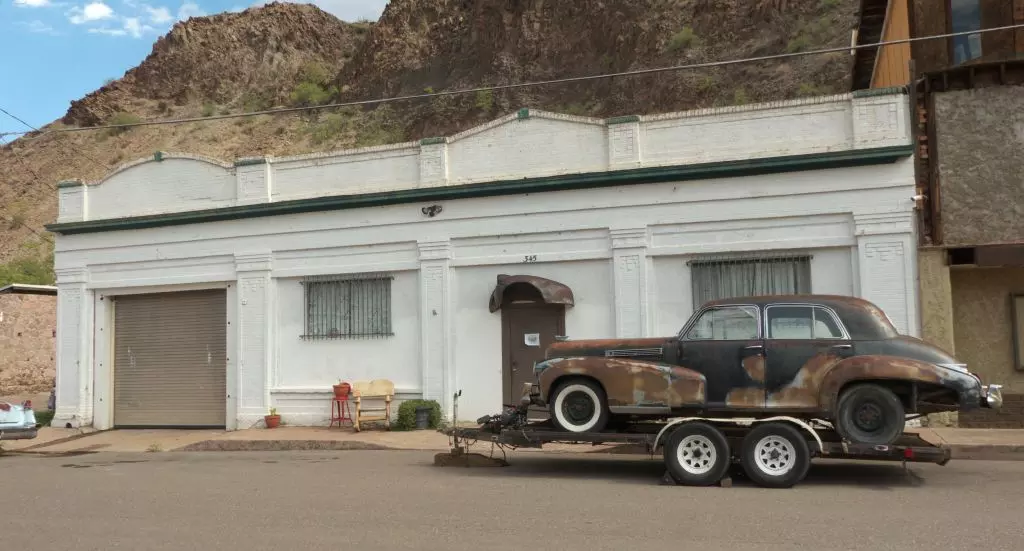
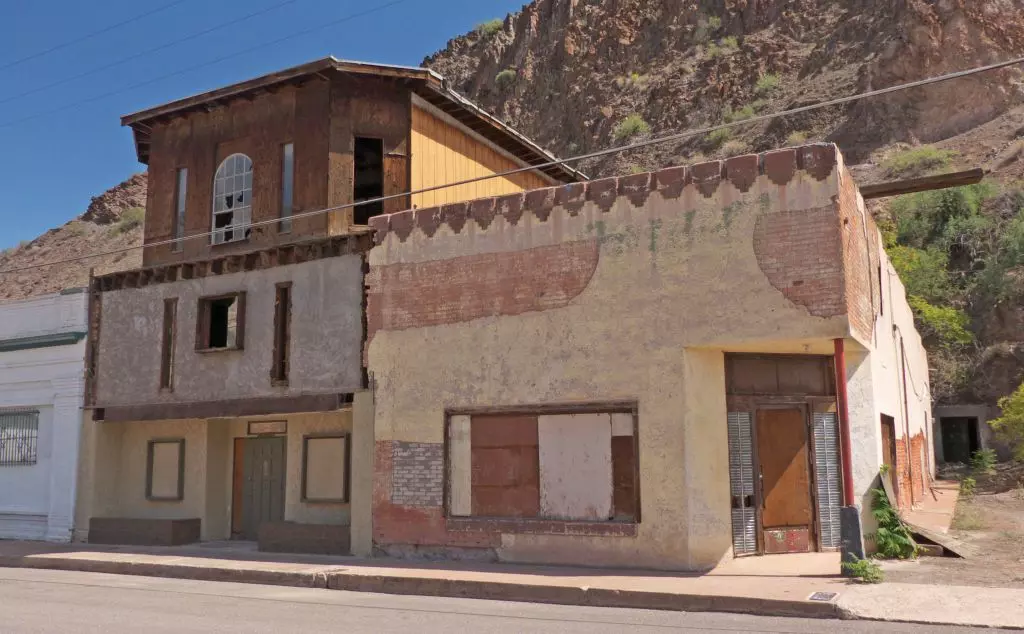
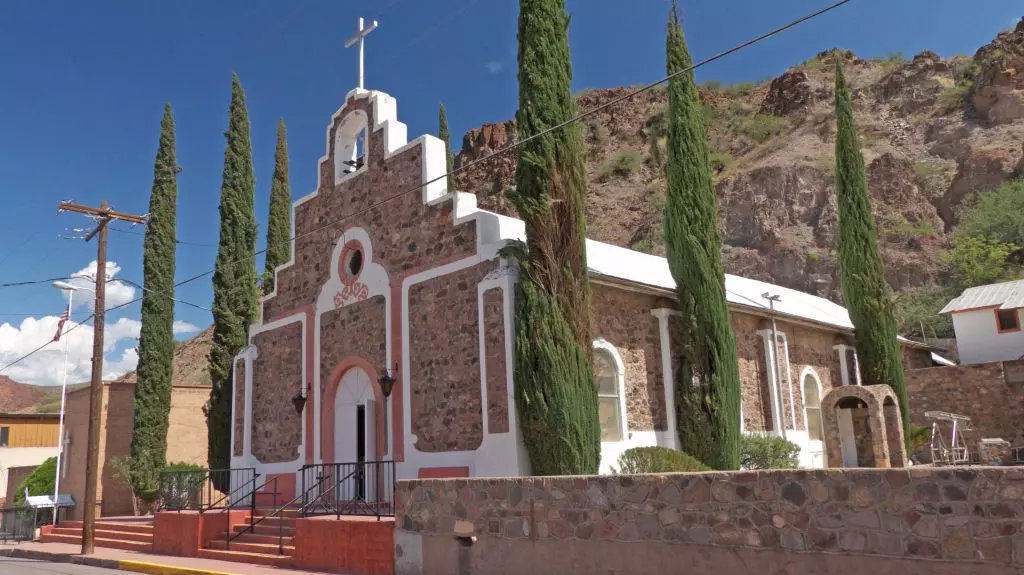
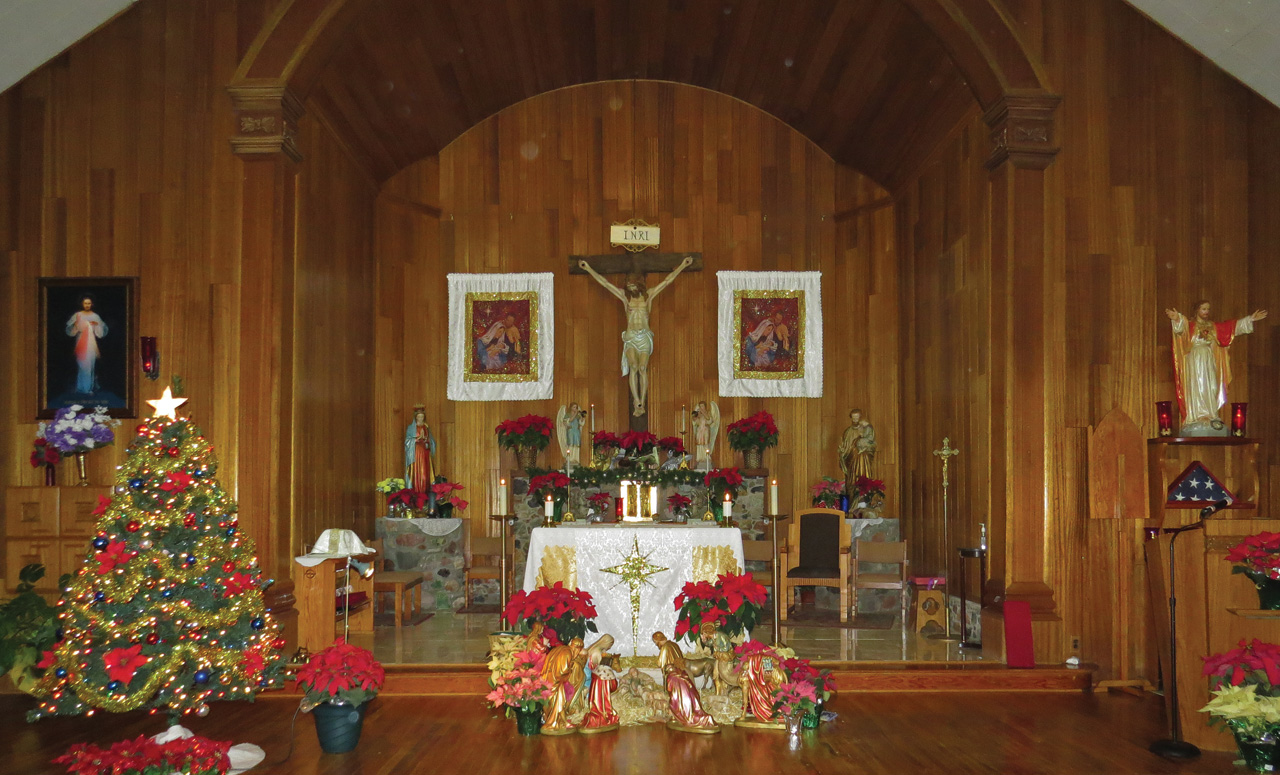
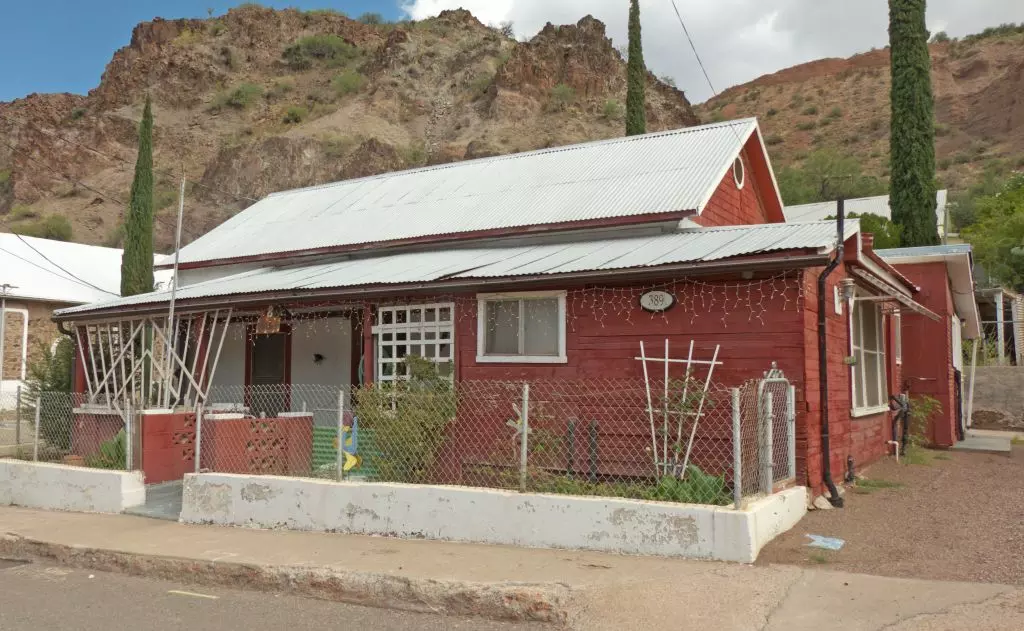
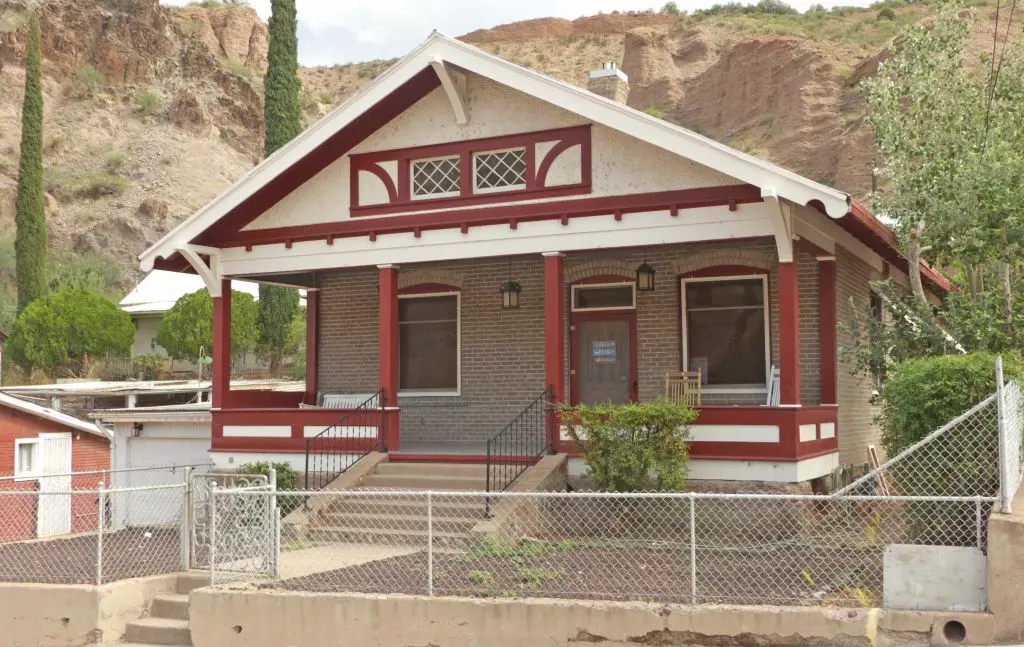
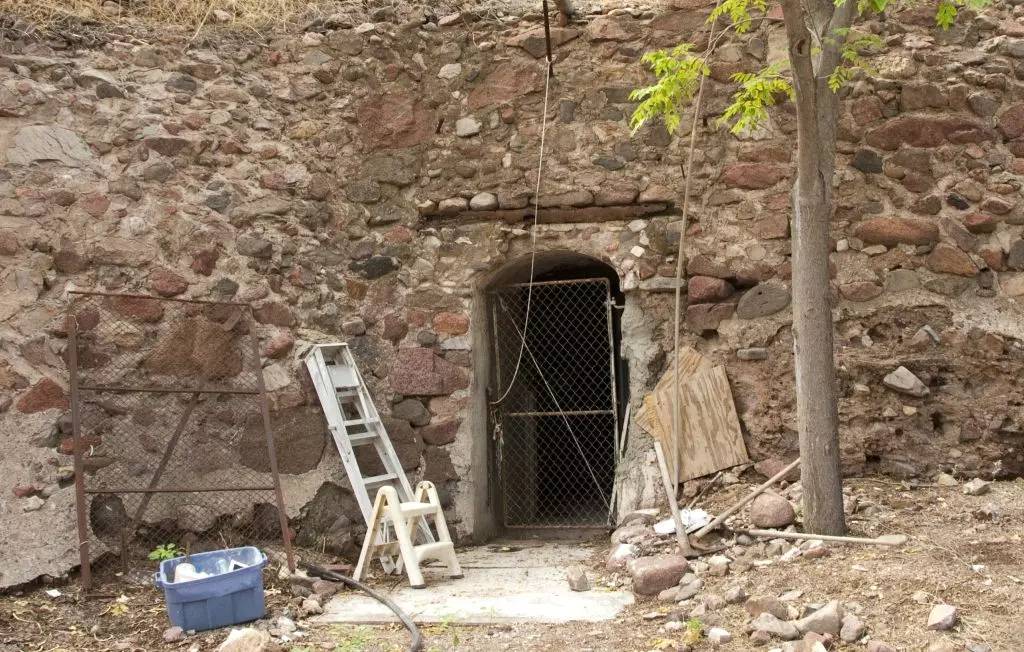
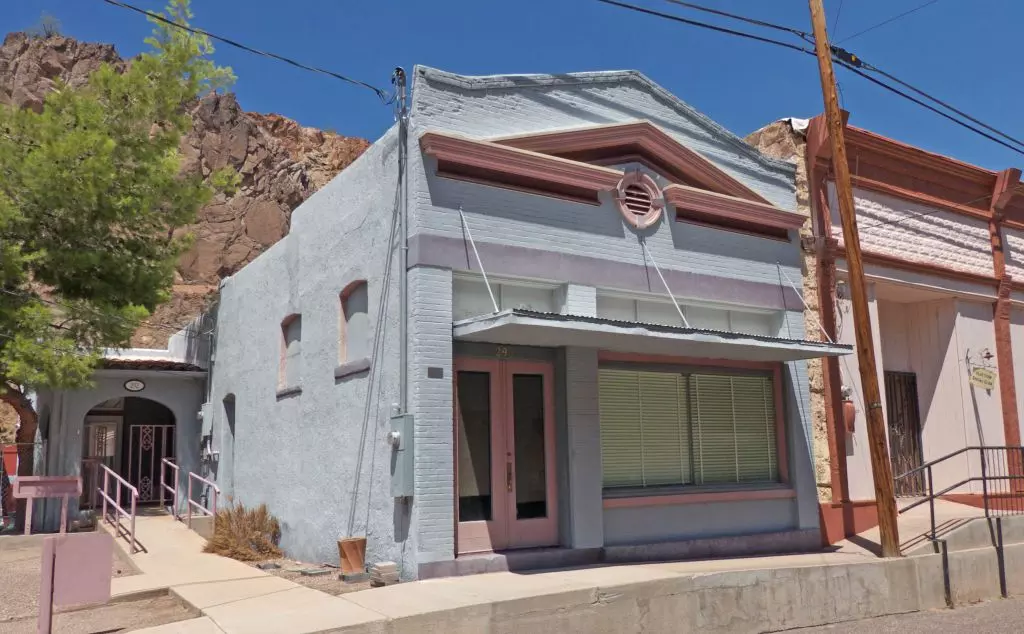
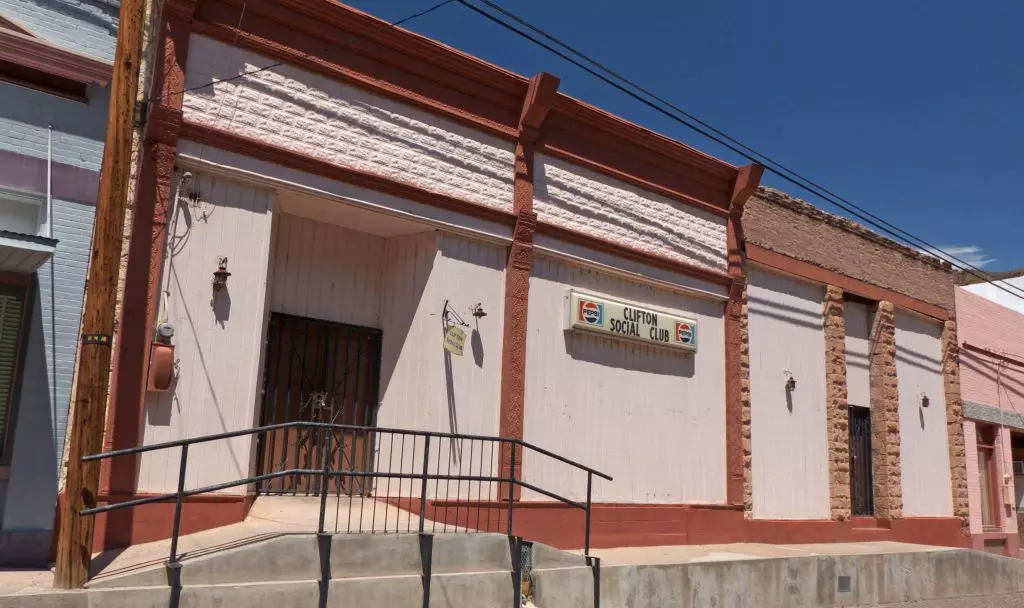
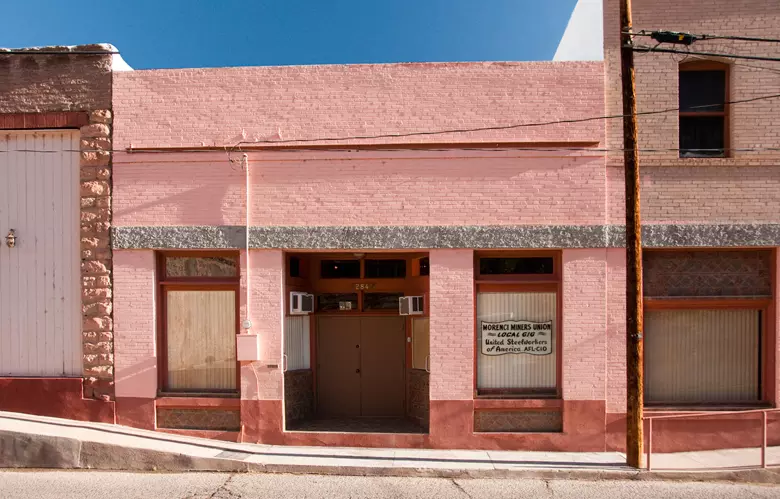
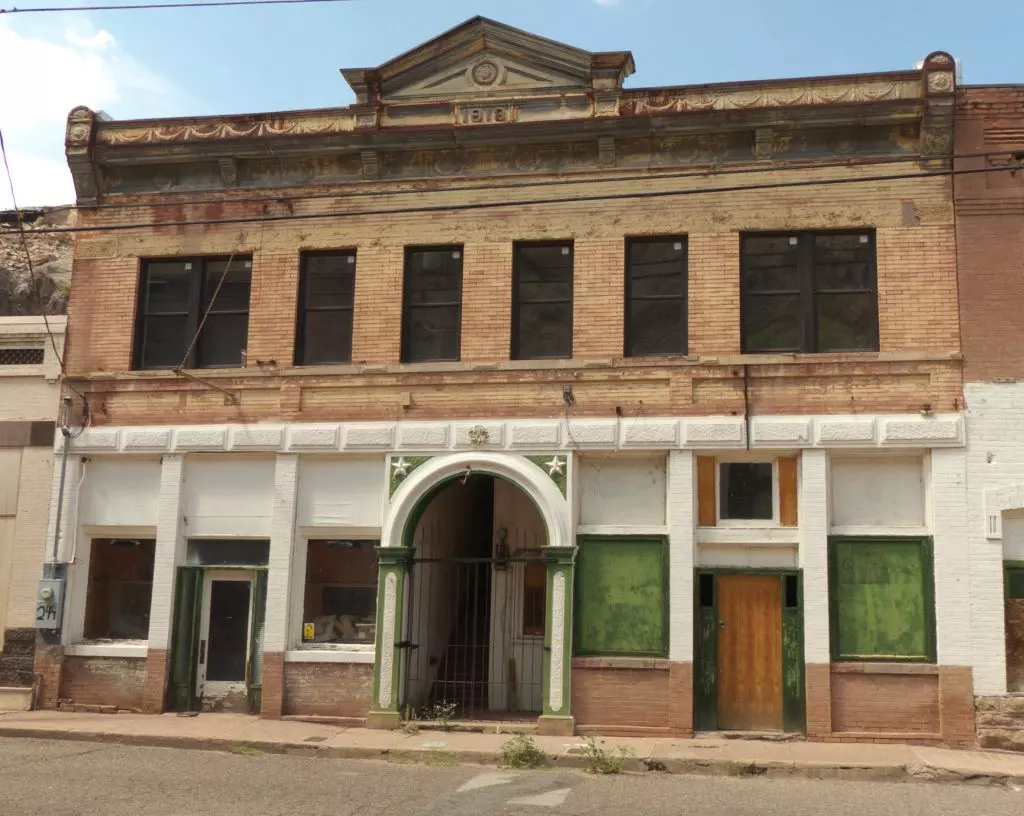
.webp)
.webp)
